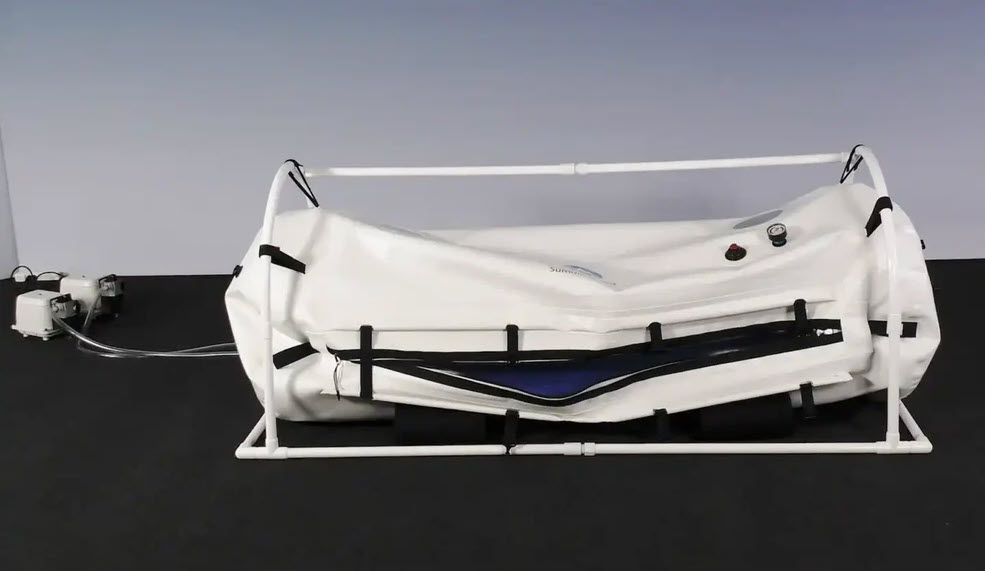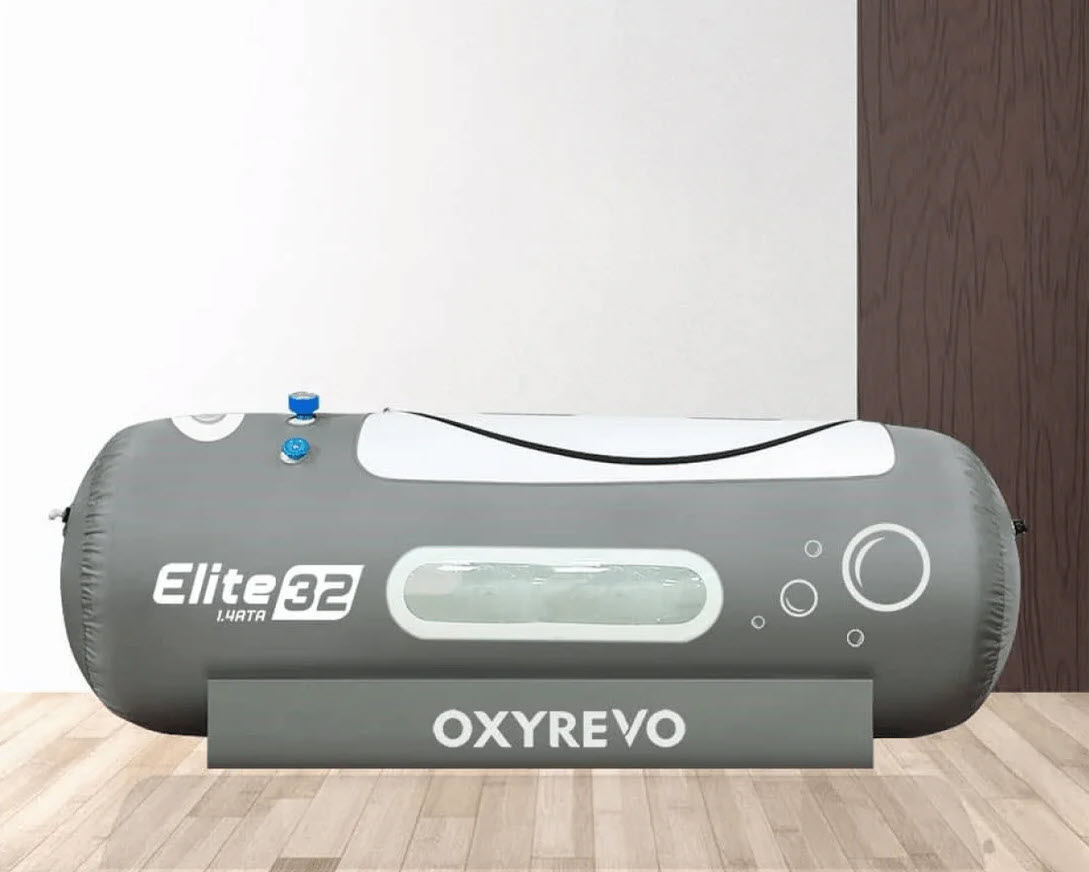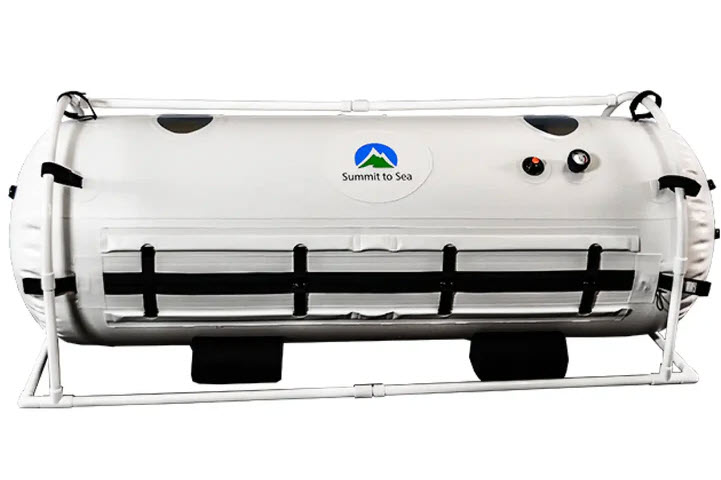Pre-Treatment Consultation
This consultation aims to gather all the necessary information about your medical history and current health status. This includes discussing any medical conditions you may have and any medications you are currently taking. It’s important to be open and honest during this discussion, as this will help the medical team determine if hyperbaric oxygen therapy is the right option for you.
The Pre-Treatment Consultation is also a time to discuss any contraindications or potential risks associated with the therapy. This is done to ensure your safety and to avoid any complications during the treatment. It’s important to follow any safety measures the medical team provides to minimize risks.
Preparing for a hyperbaric oxygen therapy appointment also involves taking certain steps. This may include avoiding alcohol or smoking before the treatment, as these substances can interfere with the therapy. Following the medical team’s fasting instructions is important to ensure optimal results.

Medical Evaluations and Tests
First on the list is the blood test, a fundamental evaluation used to check for a range of medical conditions. By examining a small blood sample, doctors can detect infections, measure hormone levels, assess organ function, and much more. This simple procedure involves inserting a needle into your arm to draw blood. While it might cause some temporary discomfort, the risks are minimal.
Another common evaluation is the X-ray. This imaging technique uses low levels of radiation to create pictures of the inside of your body. X-rays help identify broken bones, lung infections, and other conditions. You will be asked to remain still while a machine captures the images during the procedure. The potential risks of X-rays involve radiation exposure, but rest assured, the doses used are considered safe.
Moving on, we have the ECG or electrocardiogram. This test assesses your heart’s electrical activity, detecting any abnormal rhythms or signs of damage. Electrodes will be attached to your chest, arms, and legs, recording the electrical signals produced by your heart. It’s a painless and non-invasive procedure with minimal risks.
Lastly, let’s explore ultrasound, a diagnostic test that uses sound waves to produce images of your body’s internal structures. Often used to monitor pregnancies or examine organs like the liver or kidneys, this procedure involves applying gel on your skin and gently moving a wand-like device over the area of interest. Ultrasounds pose no known risks, making them safe for people of all ages.
Preparing for the Session
When preparing for a hyperbaric chamber session, remember a few key steps. First, following specific instructions provided by your healthcare provider or the facility where you will be having the session is crucial. This may include avoiding certain activities or substances that could interfere with the treatment. Additionally, it is important to wear suitable clothing, typically made of natural fibers such as cotton, as synthetic materials can pose a risk in a pressurized environment. It is also recommended to empty your bladder before entering the chamber to ensure maximum comfort during the session. Finally, arriving on time and being well-rested is always a good idea, allowing for a more pleasant and effective experience. By following these simple preparatory steps, you can make the most out of your hyperbaric chamber session and optimize the benefits it offers.
What to Wear for HBOT Treatment
Regarding Hyperbaric Oxygen Therapy (HBOT) treatment such as using summit to sea hyperbaric, there are a few important things to consider when deciding what to wear. First and foremost, it is recommended that you wear clean and pure cotton clothing. This is because cotton is a breathable fabric that allows air to circulate freely, keeping you comfortable during the two-hour session inside the hyperbaric chamber.
Comfort is key during the treatment, as you will be lying down or sitting for an extended period. Wearing loose-fitting cotton clothing ensures you can relax and remain at ease throughout the session. It is also important to avoid wearing any tight or restrictive clothing that may constrict your movements or cause discomfort.
In addition to choosing the right clothing, avoiding using any petroleum-based hair or skin products before your HBOT treatment is essential. Petroleum-based products can be highly flammable in the presence of oxygen and used in high concentrations inside the chamber.
Dietary Guidelines Before Treatment
First and foremost, it is recommended that you avoid certain foods that may interfere with the treatment process. This includes heavy, greasy, or fatty foods and foods that are difficult to digest. These foods can cause discomfort or bloating, affecting your comfort inside the hyperbaric chamber.
In addition, it is advisable to limit the consumption of certain beverages, such as alcohol and caffeine. These substances can dehydrate the body and potentially hinder the therapeutic effects of HBOT. To maintain proper hydration, it is best to stick to water and other hydrating fluids.
Speaking of hydration, drinking enough fluids is crucial before HBOT treatment. Adequate hydration ensures optimal body functions and helps prevent potential side effects such as dizziness or headaches during pressurization.
Hydration and Fluid Intake Recommendations
Infants up to 6 months old generally meet their fluid needs through breast milk or formula. As they transition to solid foods, water can be introduced in small amounts, but their main source of hydration should still come from breast milk or formula.
Children between the ages of 1 and 3 should aim for about 1 to 1.3 liters (4 to 5 cups) of fluid intake daily. This can include water, milk, 100% fruit juice (in limited quantities), and certain foods like fruits and vegetables with high water content.
As we age, our fluid needs increase. Children aged 4 to 8 should consume around 1.3 to 1.7 liters (5 to 7 cups) of fluids daily. This can increase to 2.3 to 2.7 liters (9 to 11 cups) for teenage boys and 2 to 2.3 liters (8 to 9 cups) for adolescent girls.
Adults should aim for about 3.7 to 3.8 liters (15 cups) for men and 2.7 to 3.1 liters (11 cups) for women. These recommendations include all fluids, such as water, coffee, tea, and milk, and foods with high water content, like fruits and soups.
Activity level is also a factor to consider when determining fluid intake. The more active you are, the more fluids you should consume to replace what is lost through sweat. Drinking fluids before, during, and after exercise is especially important to stay hydrated.
Remember, these recommendations are general guidelines and may vary depending on individual needs and health conditions. Pay attention to your body’s signals, and aim to drink when thirsty. Drinking fluids throughout the day is always better than waiting until you feel thirsty.
Medications and Supplements
Before discussing potential adjustments that your primary doctor may need to make, it is essential to stress the importance of informing your hyperbaric doctor about all the medications and supplements you are currently taking. By sharing this information, you allow them to adjust your treatment plan appropriately, ensuring it is tailored to your needs.
Medications and supplements can interact with hyperbaric oxygen therapy in various ways. Some medicines may increase the risk of oxygen toxicity, while others may alter the efficacy of the treatment. By understanding these potential interactions, your primary doctor can make necessary adjustments to avoid adverse effects.
Additionally, it is equally important to inform your hyperbaric doctor about any over-the-counter drugs you may be taking. Even though they may seem harmless, these medications can still affect your treatment outcomes.

Mental and Physical Preparation
To ensure your safety, a detailed history and physical examination will be conducted to identify any underlying conditions or contraindications that may affect your ability to undergo treatment. It’s crucial to disclose any medications you’re taking and any medical issues you may have to your healthcare provider.
Clearing your ears is another important aspect of preparing for hyperbaric oxygen therapy. You’ll need to demonstrate the ability to equalize pressure in your ears using the Valsalva maneuver. This involves gently blowing out while pinching your nose and closing your mouth. It helps prevent discomfort or injury to your ears during the treatment.
Additionally, transcutaneous oximetry (TCOM) testing will be performed. This painless and noninvasive test measures the oxygen levels in your tissue and provides valuable information about your body’s ability to deliver oxygen efficiently.
Monitoring your blood glucose and pressure before each dive is essential in maintaining your safety. This ensures that your levels are within the appropriate range for treatment and reduces the risk of complications.
Finally, your eardrums and breath sounds will be checked before and after each session. This ensures no changes or issues needing further evaluation or medical attention.
Logistical Preparations
First and foremost, you must ensure you are eligible for HBOT. The therapy is typically recommended for a variety of medical conditions, such as non-healing wounds, carbon monoxide poisoning, and radiation injuries. It’s important to consult with your healthcare provider to determine if HBOT is suitable for your specific situation.
Once you’ve been deemed eligible, the next step is orientation. The staff will provide you with a thorough explanation of the treatment process and what to expect during your sessions. This ensures that you feel comfortable and informed throughout your HBOT journey.
Before entering the hyperbaric chamber, you will undergo a history, physical exam, and clearance procedures to rule out any contraindications. Your healthcare provider will carefully assess your medical history and perform a physical examination to ensure it is safe for you to undergo HBOT.
Furthermore, specific tests and checks are conducted before each dive to ensure your safety and optimize the effectiveness of the therapy. These may include monitoring your blood glucose levels, assessing the condition of your eardrums and breath sounds, and conducting transcutaneous oximetry testing to evaluate your oxygen levels.

